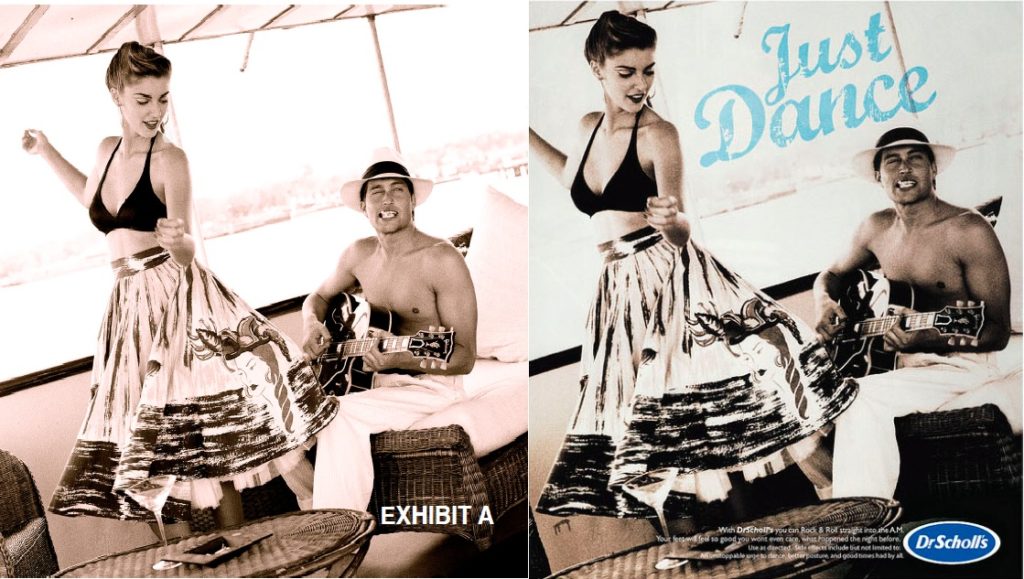April 28, 2017
Fair Use is Not Always Fair
Photographer TC Reiner sued Watkins Institute and its student Ryon Nishimori for copyright infringement when Nishimori incorporated one of Reiner’s copyrighted photographs into a mock advertisement for a classroom assignment and saved his work on Flickr, along the way removing Reiner’s copyright notice to improve the appearance of the mock advertisement and giving rise to a DMCA claim as well.

Fortunately for the school and the student, the court granted summary judgment that the uses were a fair use under 17 U.S.C. §107. The Court examined each of the four factors enumerated in the statute:
In evaluating the first factor, the Court considered whether the new work is transformative, and whether the use of that work is for commercial or noncommercial purposes.” The Federal Circuit agreed that Watkins gave the photograph to the students so that the students could learn to create a mock advertisement, not so the students would benefit merely from absorbing the content of the photograph itself. This is a nonprofit educational purpose.
In evaluating the second factor, the nature of the copyrighted work weighs slightly against finding fair use. Courts consider two aspects of the work in evaluating this factor: first, the extent to which it is a creative work enjoying broader copyright protection as opposed to a factual work requiring broader dissemination; and second, whether it is unpublished, in which case the right of first publication is implicated.
In evaluating the third factor, the amount and substantiality of the portion used in relation to the copyrighted work as a whole also weighs against finding fair use because Defendants used Reiner’s entire photograph.
In evaluating the fourth factor, the court said that the burden of proof as to the market effect rests with Reiner where the challenged use is of a noncommercial educational nature. The court found a complete absence of proof of any impact on the market for the work.
After weighing all of the factors in a light consistent with the purpose of the fair use doctrine, the Court concluded that the school’s educational use of the photograph was fair use. The court made a similar conclusion with respect to Nishimori’s uses. Finally, the court found that a DMCA requires knowing or having reasonable grounds to know that removal of Reiner’s copyright notice will induce, enable, facilitate, or conceal an infringement of the federal copyright laws. The Court said it was undisputed that Nishimori did not know or have reasonable grounds to know that removing Reiner’s name, the name of the photograph, or the copyright tracking number would induce, enable, or facilitate infringement, and thus did not violate 17 U.S.C. §1202(b)(1).
In the end, the fair use exception of 17 U.S.C. §107 protected the school and its student from liability for using a copyrighted photograph in an academic assignment, but it did not save them from just over two years of litigation and the accompanying costs. Just because a use qualifies as a fair use, it does mean you are going to be treated fairly.







































